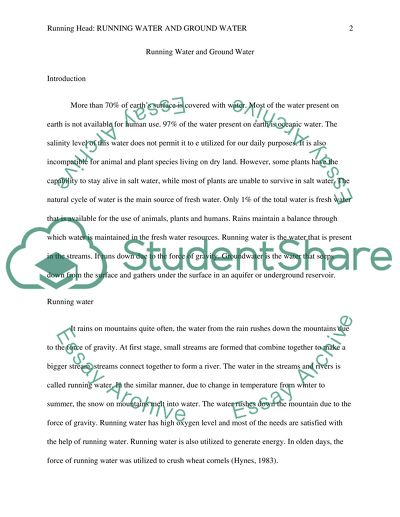Cite this document
(“Running Water and Ground Water Essay Example | Topics and Well Written Essays - 1500 words”, n.d.)
Retrieved from https://studentshare.org/physics/1638072-running-water-and-ground-water
Retrieved from https://studentshare.org/physics/1638072-running-water-and-ground-water
(Running Water and Ground Water Essay Example | Topics and Well Written Essays - 1500 Words)
https://studentshare.org/physics/1638072-running-water-and-ground-water.
https://studentshare.org/physics/1638072-running-water-and-ground-water.
“Running Water and Ground Water Essay Example | Topics and Well Written Essays - 1500 Words”, n.d. https://studentshare.org/physics/1638072-running-water-and-ground-water.


